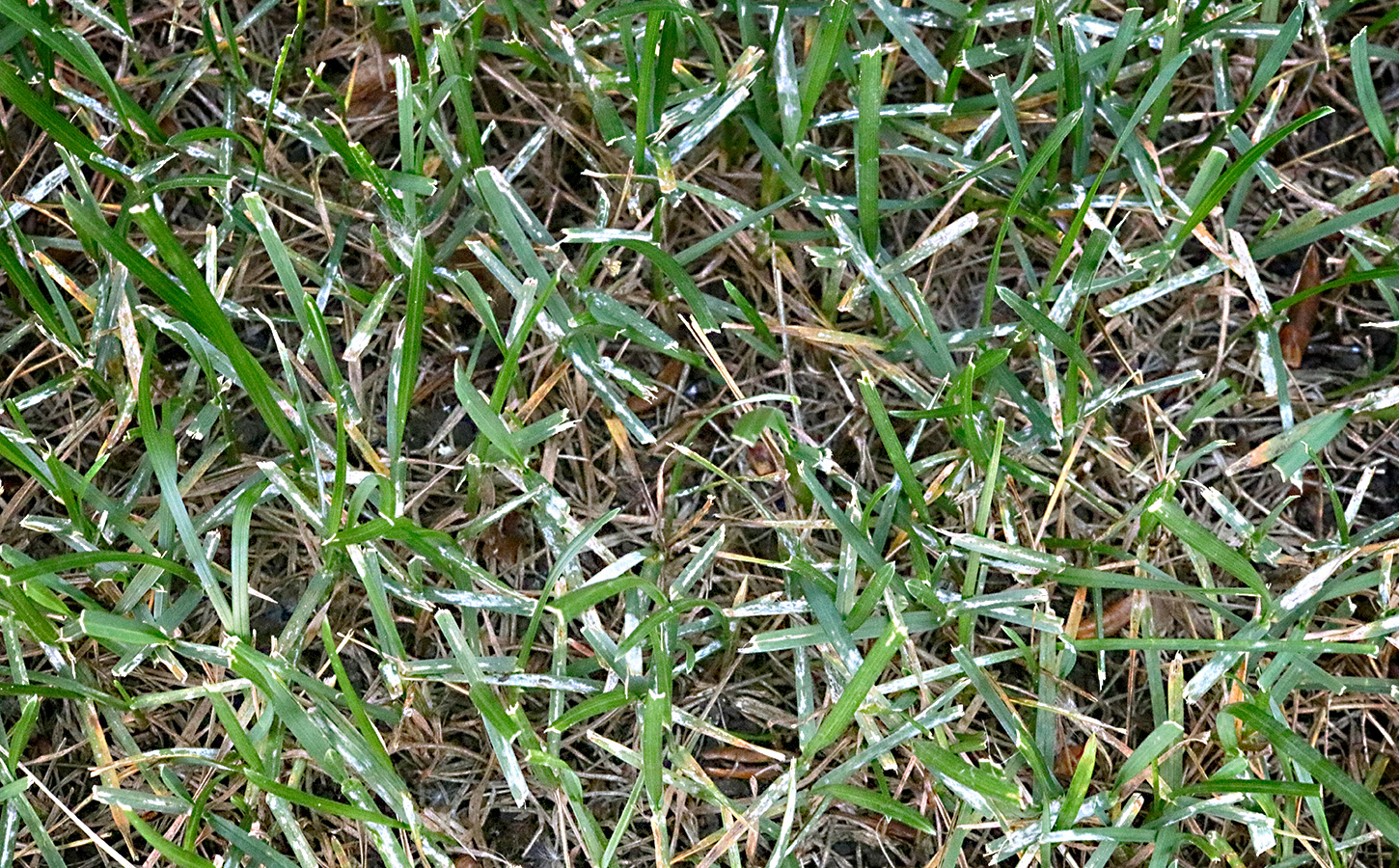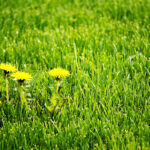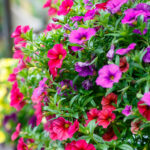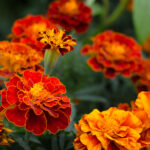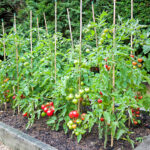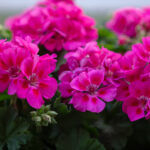
Affects: Fine Fescue, Kentucky Bluegrass and Perennial Ryegrass
Powdery Mildew is a fungus that is most severe in heavily shaded areas, The first sign of this disease is a white or gray, powdery growth on infected leaves. Heavily infected leaves turn yellow or red and die slowly. If left uncontrolled for several weeks, powdery mildew will cause significant thinning of the lawn and may also increase its susceptibility to environmental stresses or other pests.
The fungus survives the winter in living plant tissue. Spores are produced in the spring and are spread to healthy tissue by wind. The spores germinate and infect leaves during cool, humid conditions in the spring and fall. Because sunlight inhibits growth of the powdery mildew fungus, turf that is growing in dense shade is most prone to the disease.
How to control Powdery Mildew:
- Plant shade-tolerant grasses. A mixture of Kentucky bluegrass in combination with tall fescue and a fine fescue is preferred.
- Grass growing in shade is less tolerant to low mowing. Adjust your mowing accordingly.
- Water deeply and infrequently
- Pruning or removing plants to increase light intensity and air movement.
- Use a fungicide for fast results that last up to four weeks when used as directed.

